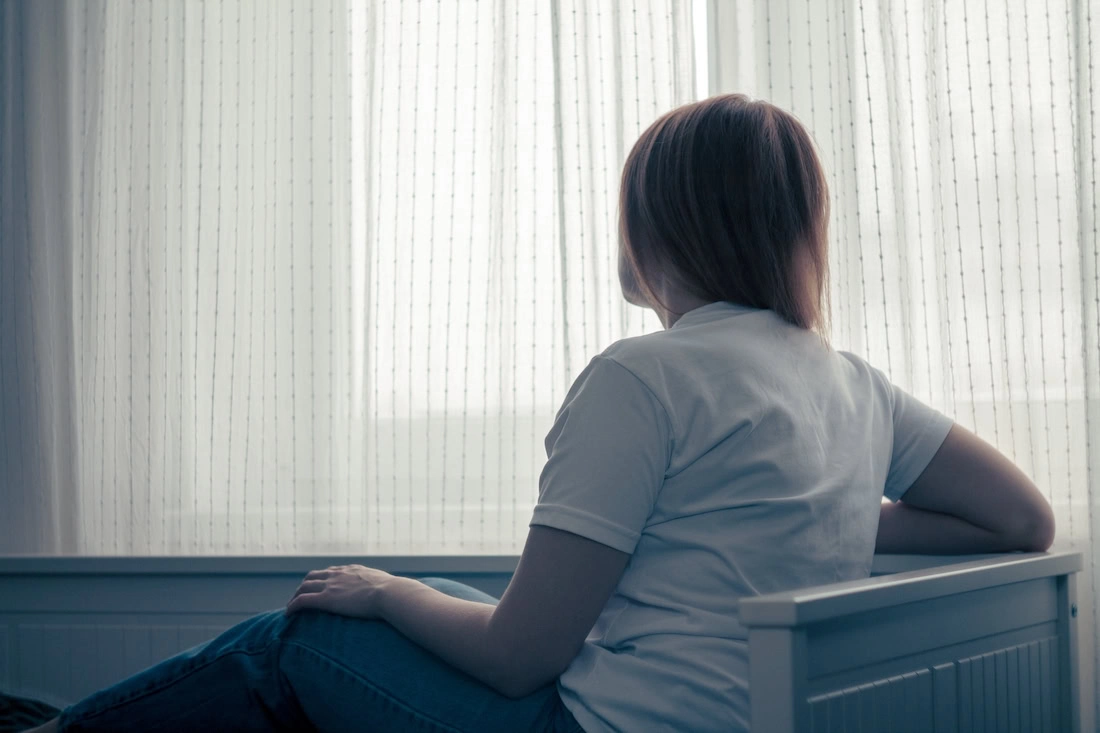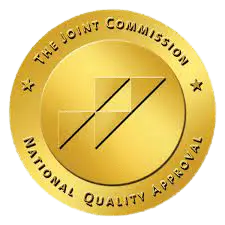Bipolar disorder is a complex mental health condition characterized by extreme mood, energy, and activity shifts. It affects millions of people worldwide and can significantly impact individuals’ daily lives. While bipolar disorder is commonly known as a single condition, there are actually different types of bipolar disorder, each with its own unique characteristics. In this article, we will explore the various types of bipolar disorder and its distinguishing features, shedding light on the complexity of this condition.
SEE Purpose Recovery is an Indiana inpatient substance abuse treatment center that can help with dual diagnosis treatment. Contact us today to learn more about our top-rated drug and alcohol treatment center in Indiana.
What Are the Types of Bipolar Disorder?
Bipolar I Disorder:
Bipolar I disorder is the most severe form of bipolar disorder. Individuals with bipolar I experience episodes of mania, which are characterized by elevated mood, extreme euphoria, increased energy levels, impulsivity, and a decreased need for sleep. These manic episodes can last for at least one week and may be accompanied by depressive episodes, during which individuals experience feelings of sadness, low energy, loss of interest, and difficulty concentrating. The shifts between mania and depression are often dramatic and can significantly disrupt daily functioning.
Bipolar II Disorder:
Recurring episodes of depression and hypomania characterize bipolar II disorder. Hypomania is a milder form of mania characterized by a less intense elevation in mood and energy levels. Individuals with bipolar II disorder may experience longer and more frequent depressive episodes compared to hypomanic episodes. The depressive episodes in bipolar II can be severe and may lead to significant impairment in daily functioning.
Cyclothymic Disorder:
Cyclothymic disorder, also known as cyclothymia, is a milder form of bipolar disorder. Individuals with cyclothymic disorder experience chronic fluctuations in mood, with numerous periods of hypomanic and depressive symptoms that do not meet the full criteria for a manic or depressive episode. These mood swings may be less severe but can still impact daily functioning and overall well-being. The symptoms of cyclothymic disorder persist for at least two years in adults (one year in children and adolescents).
Other Specified and Unspecified Bipolar and Related Disorders:
In addition to the specific types mentioned above, there are also “other specified” and “unspecified” bipolar and related disorders. These categories are used when individuals present with symptoms that do not fit the criteria for the classic types of bipolar disorder but still experience significant mood disturbances.
SEE Purpose Can Help You Find Dual Diagnosis Treatment for Bipolar Disorder and Addiction
Bipolar disorder is a complex mental health condition that encompasses different types, each with its own set of characteristics and symptoms. From the severe manic and depressive episodes of bipolar I disorder to the milder fluctuations in mood seen in cyclothymic disorder, understanding the different types of bipolar disorder is crucial for accurate diagnosis and treatment. If you or someone you know is experiencing mood swings, elevated or depressed moods, or other symptoms suggestive of bipolar disorder, it is essential to seek professional help. A qualified mental health professional can conduct a thorough evaluation, determine the specific type of bipolar disorder, and develop an individualized treatment plan to help manage symptoms and improve overall well-being.







